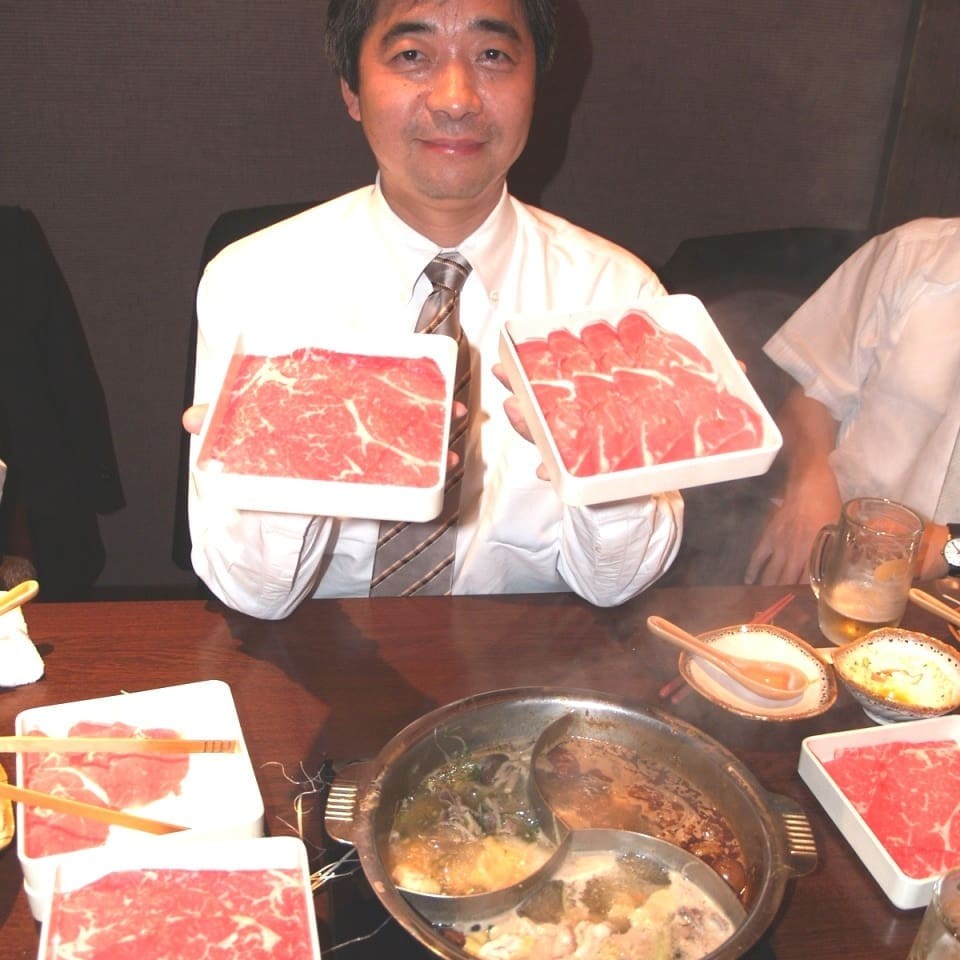 Anyone taking a quick look at the Australian beef export statistics for March would have reflected on the vigorous increase in beef and sheepmeat exports to China over the last six or eight months.
Anyone taking a quick look at the Australian beef export statistics for March would have reflected on the vigorous increase in beef and sheepmeat exports to China over the last six or eight months.
Fiscal year to date, China has taken 58,400 tonnes of Australian beef, a spectacular rise from being an importing minnow only 12 months earlier. The market so far this fiscal year ranks as our fourth largest by volume, behind Japan, the US and South Korea, and twice the size of the fifth largest customer, Taiwan.
Reports out of China suggest that increased demand could be maintained throughout the remainder of 2013, underpinned by a combination of tight domestic supply, increased foodservice demand and improving supply chains.
Part of the trend towards ‘direct’ trade with China, rather than ‘grey channel’ trade via near neighbours, is evident in declines in beef exports to smaller nearby countries.
While China has certainly been the recent bright spot on the export market, constraints on access for US beef, nil access for Indian beef and only limited registrations for Brazilian plants have been to Australia’s enormous advantage in the short-term.
How long that lasts is anybody’s guess, market analysts say, but China remains a price-sensitive market, which would be likely to trade strongly with low-cost international producers, given the chance.
Despite the recent growth in export sales, Australia still faces significant market access problems in China.
Many of these issues were highlighted as priorities at the recent Interdepartmental Committee (IDC) meeting in Canberra, involving the Federal Government’s trade and market access division of the Department of Agriculture Forestry and Fisheries, DAFF Biosecurity and the Department of Foreign Affairs and Trade.
According to the Australian Meat Industry Council, principal among the current market access issues affecting Australian red meat are:
- The lack of a tripe protocol – China was Australia’s largest market for tripe until its prohibition in 2004. Since then, despite numerous attempts to establish agreement to a protocol, access has not been granted. Access into China for tripe has remained essentially through what is known as the ‘grey trade’ (re-export via neighbouring countries like Vietnam) at substantially reduced prices.
- A ban on non-integrated establishments . Essentially, frozen or chilled product bound for China cannot be held in Australian cold storage not owned or controlled by the exporter, for fear of being mixed-up with other product. This has had significant implications for the supply chain, especially coldstores that would normally be utilised to consolidate product in Australia, closer to port, for the Chinese market.
- Inedible tallow – China has been a major market for Australian edible tallow over a number of years. Australian product was banned early last year and despite significant attempts to meet Chinese requirements, agreement for re-entry is yet to be reached.
- Plant Listings – A number of Australian export registered plants are not accredited for the Chinese market. The last Chinese audit occurred in 2010, the results from which have still not been released by Chinese authorities. Many exporters are currently locked-out of the current growth to their significant financial disadvantage.
- The Free Trade Agreement with China – New Zealand now has a substantial tariff advantage over Australia in China, especially on sheepmeat because of NZ’s FTA with China. That advantage is such that China has now become NZ’s number –one sheepmeat market surpassing its traditional market in the UK. This tariff advantage will continue to increase unless Australia can negotiate similar access arrangements through and FTA.
Prime Minister, Julia Gillard, accompanied by trade minister Craig Emerson and foreign affairs Minister Bob Carr are in China this week at the Bo’ao Economic Forum on Hainan Island, before travelling for further talks in Shanghai and Beijing.
The long list of market access issues affecting the Australian export beef industry have been highlighted with government through the Interdepartmental Committee and the Australian Meat Industry Council, and will be part of official discussions that occur over this week’s visit, AMIC said.
